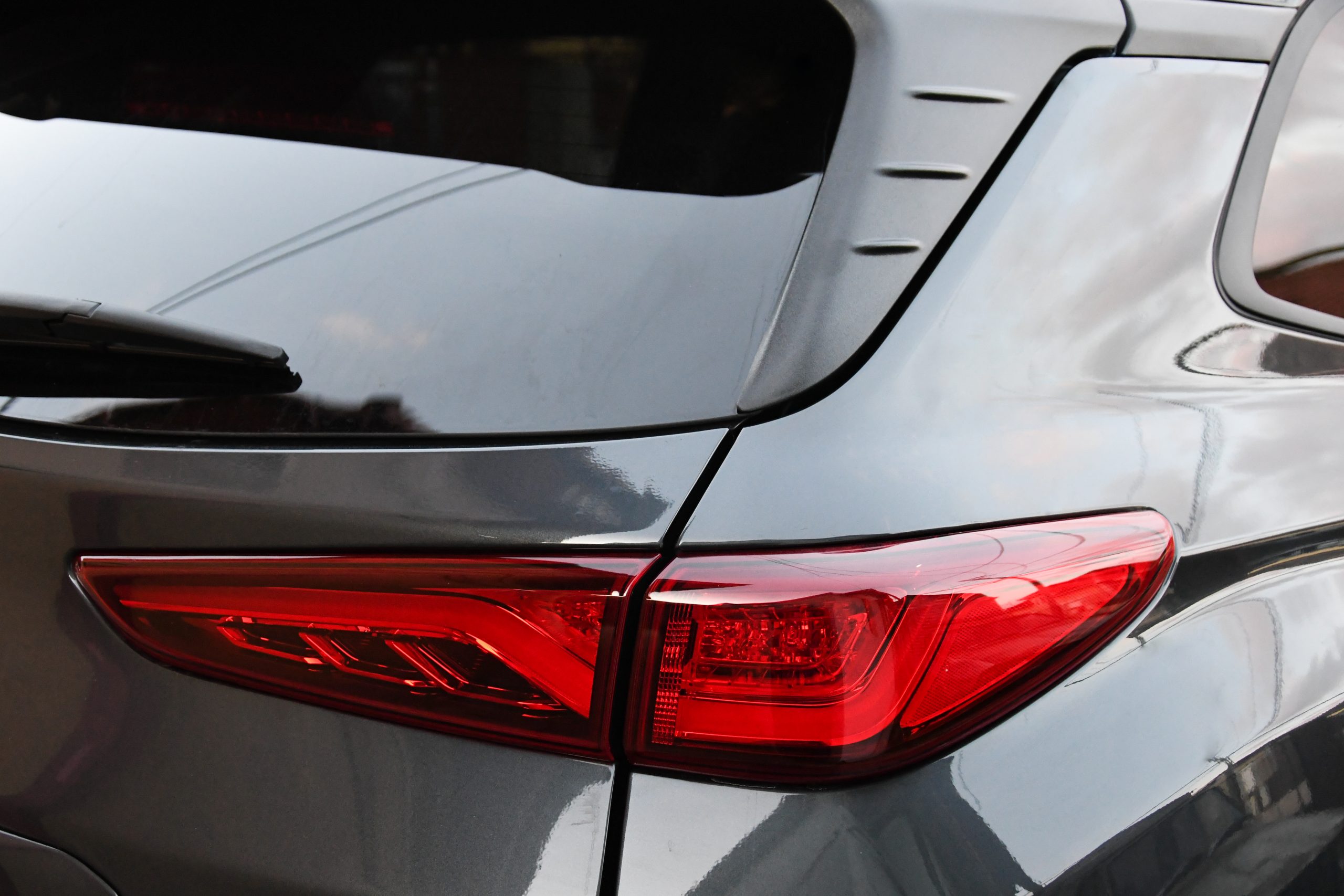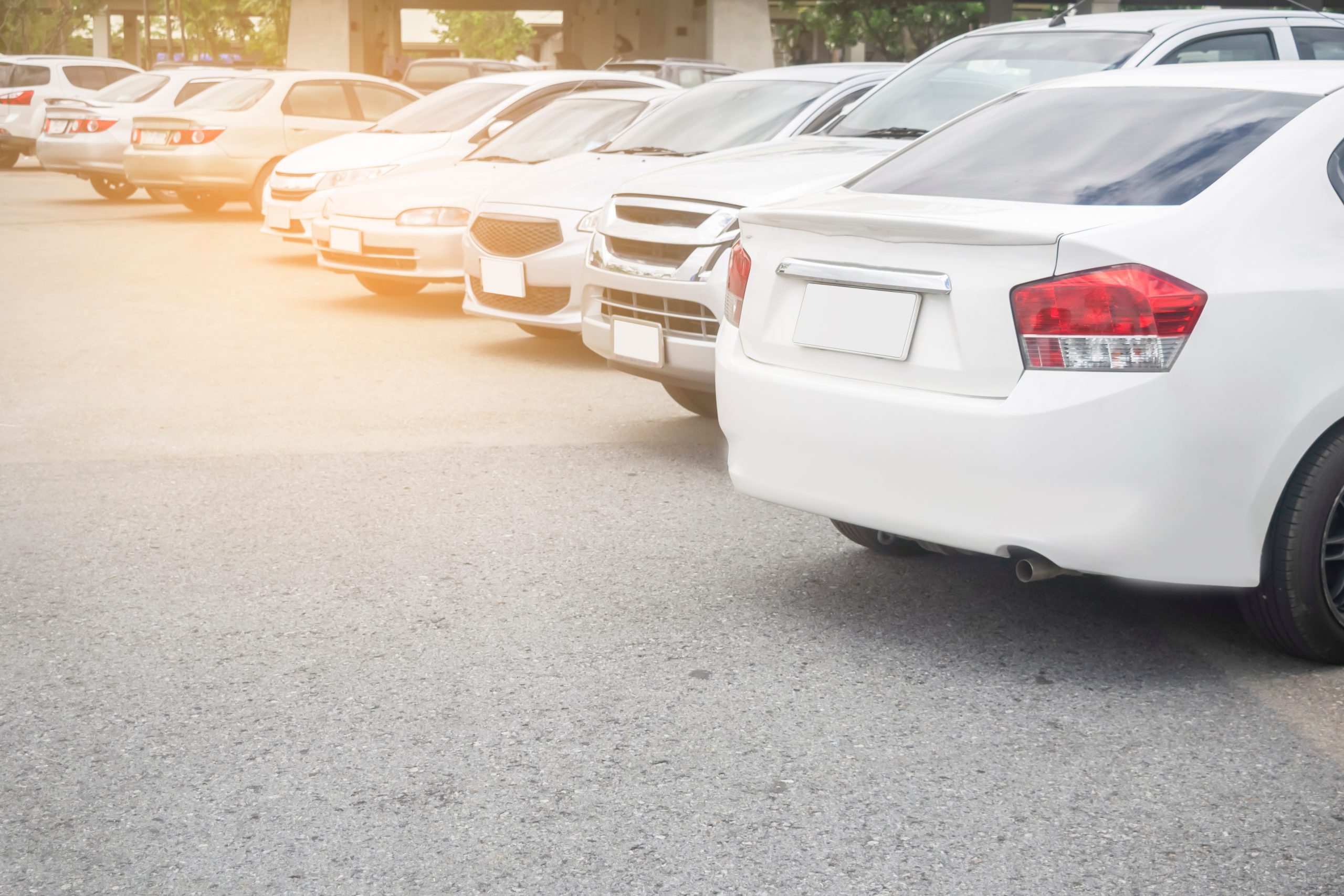Parking Lights

Parking Lights
The names of most vehicle parts are closely related to their purpose, including windshield wipers and speedometers. Parking lights are somewhat different, since they are rarely used for what the name implies. However, these lights are still a valuable part of every vehicle and can be an important safety feature that all drivers should learn to use.

Parking lights, as the Car Parts website explains, are lights on the front and back of a vehicle, two in front and two in the rear. Sometimes they are set apart from the other lights and sometimes they are together. Normally, the parking lights are either amber or white at the front and red at the back of the vehicle, and usually they are quite small. Sometimes, they are called sidelights.
The Ontario.ca website notes that turning on the headlights also activates the parking lights, as well as other lighting systems. Although they provide some illumination, they are not bright enough for drivers to see the road well enough to drive, and they should not be used as a substitute for headlights except in an emergency. Otherwise, they are only for parking, and even then, they no longer have the purpose they once did.
History of Parking Lights
As the Car Parts website explains, parking lights once performed the function that their name still implies. In the days when street lighting in cities and towns was not nearly as extensive and reliable as it is now, parked cars were often almost invisible in the darkness. Because of this, other drivers could easily fail to see the vehicles and might run into them or scrape against their sides.
To deal with this problem, vehicle manufacturers began installing parking lights, which were dim lights designed to stay on for the entire time a driver was away from the vehicle. These lights used low-watt bulbs and were on a separate electrical system from the components necessary for driving. That way, the vehicle’s battery would not die while drivers were away. Parking lights provided a useful way for other road users to see the front and back of vehicles so that they could more easily judge the amount of space they had.
These days, most streets in cities and towns have enough lighting to make this use for parking lights largely obsolete. Still, electrical failures can make parking lights necessary, at least until the problems are fixed. In addition, they can be useful in case drivers need to park on country roads or at the sides of highways where streetlights are infrequent or nonexistent. Hazard lights are another option, but they can give a false impression that the driver has experienced trouble, while parking lights have no such implication.

Parking Light Controls
On many vehicles, the controls for parking lights are on the same knob or lever that controls the headlights, although they may also have entirely separate controls. Often, the first setting on the control lever or knob is for parking lights, just before the setting for low beams. One turn on the lever or one pull on the knob turns on the parking lights. They may be the same as daytime running lights, or they may run on a different circuit.
If the vehicle’s lighting system is set on “auto,” the parking lights come on without the driver needing to set them separately. When the driver turns on the ignition, the parking lights are the first to illuminate and then the rest of the lights turn on. The opposite is true when the driver turns the ignition off: the parking lights are the last ones to remain illuminated before the entire system shuts off.
Like all other lights on a vehicle, the parking lights can burn out, break, or otherwise stop working. Vehicle owners should be sure to check these lights regularly to ensure that they are still functioning. The most efficient way to do this is to have one person in the driver’s seat, turning on the controls. A second person standing outside can then check the vehicle to make sure that the parking lights are working the way they should. This normally involves walking around the vehicle to make sure that all four lights light up or turn off when they should.
Repairing Parking Lights
If something has gone wrong with a parking light, the trouble could be as simple as a burned-out lightbulb or involve something more complicated like faulty wiring. For people with even a small amount of technical knowledge, replacing a lightbulb can be quite simple, involving removing the plastic cover, replacing the lightbulb, and replacing the cover over it. However, if the wiring is at fault, the problem is likely complicated enough to require the services of a mechanic. Making a mistake in the wiring of a vehicle could have many unintended and dangerous consequences, and it is best to avoid these problems unless it is necessary.
The wiring can be complicated, but even replacing a lightbulb might not be as simple as it seems. Each lighting system takes its own type of bulb, and vehicle owners should ensure that they buy the right size and variety for that particular vehicle. A bulb for a small hatchback car, for example, is unlikely to be the same as a bulb for a large truck. The owner’s manuals of most vehicles should contain the information necessary for making the right choice, and trained mechanics normally have that information, as well.
When they are working properly, parking lights help to improve the visibility of vehicles on the road. Because they are at the front and back of cars, trucks, and vans, they help to give the dimensions of a vehicle to other drivers, helping them to see what type of vehicle is near, even on the darkest nights or in snowy or foggy weather.
The kind of information that parking lights give can be important for any driver attempting to pass another vehicle or to determine a safe speed for travelling on the road. Knowing when and how to use parking lights is useful for all drivers.
